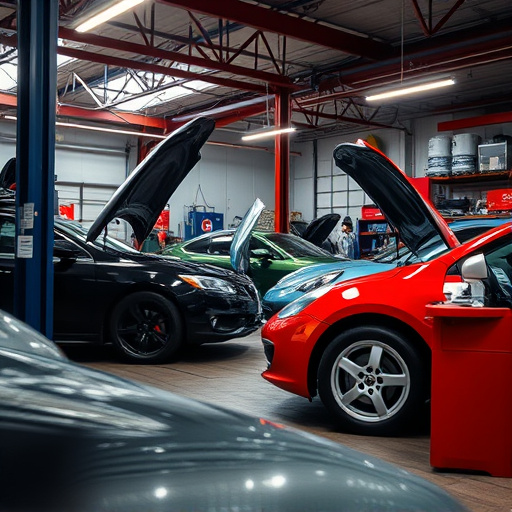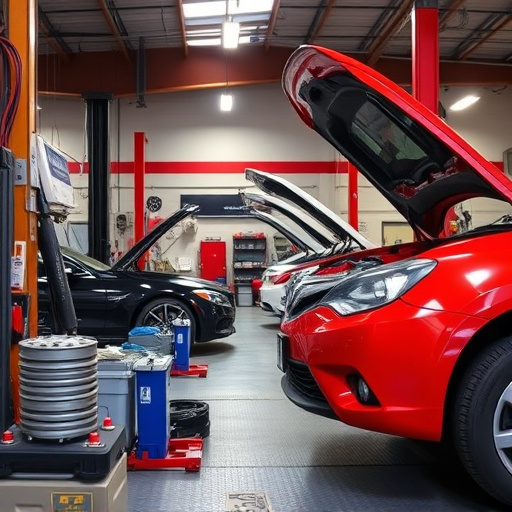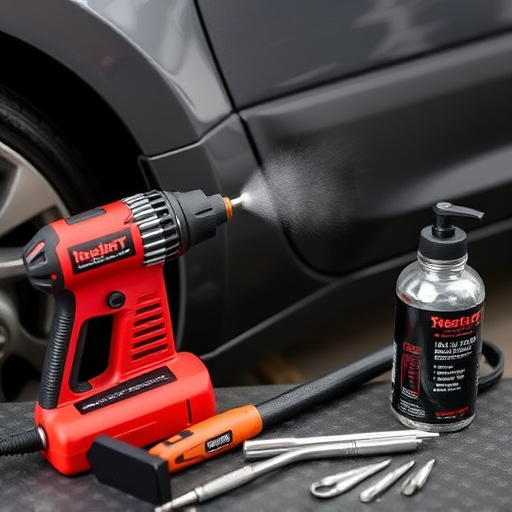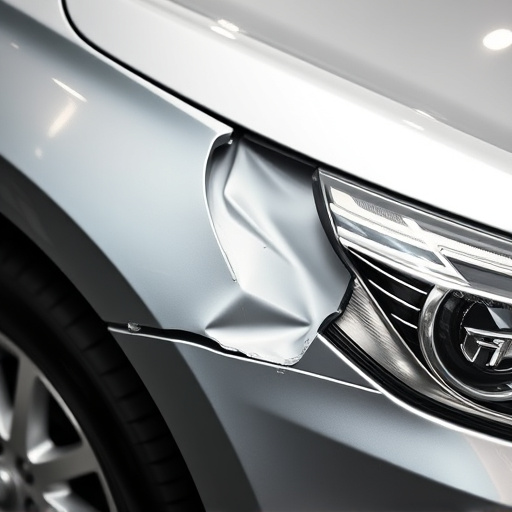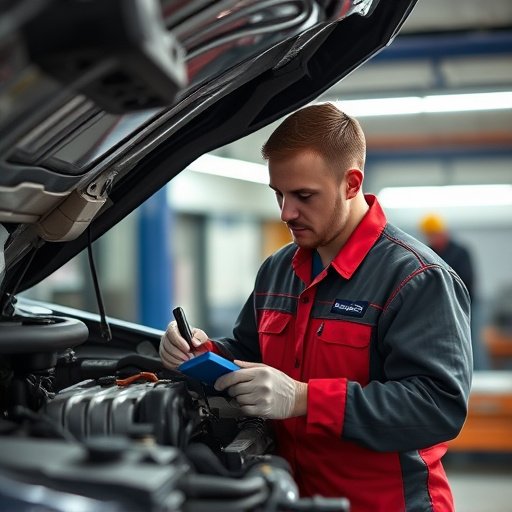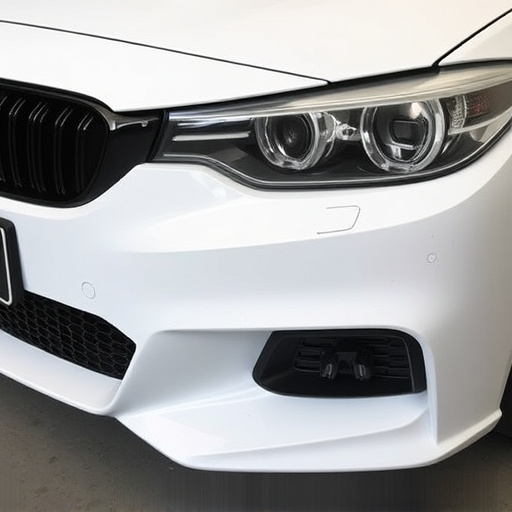When replacing windows, choosing the right window tinting film is vital for both vehicle aesthetics and protection, with high UV protection ensuring interior preservation in regions with intense sunlight. Climate, driving conditions, and vehicle purpose impact tint choices. Quality and type of car windows determine suitable films, with manufacturer recommendations crucial for compatibility and warranty validity. Three primary film types – metallic (maximum privacy, heat rejection), non-metallic (discreet protection, maintained visibility), and hybrid (both) – align with individual needs to offer optimal protection and enhanced driving experience in window tinting after replacement.
After replacing your windows, proper tinting ensures both aesthetic appeal and enhanced protection. This comprehensive guide delves into the crucial elements of window tinting after replacement, covering everything from choosing the right film for optimal security to achieving professional application techniques and maintaining long-lasting results. Discover key steps, essential tools, and expert tips to transform your new windows into a sleek, protected space.
- Choosing the Right Tinting Film for Optimal Protection
- – Factors to consider when selecting window tinting film
- – Types of tinting films available and their benefits/applications
Choosing the Right Tinting Film for Optimal Protection

When it comes to window tinting after a replacement, selecting the appropriate tinting film is paramount for both vehicle aesthetics and protection. The market offers a plethora of options, each with unique features and benefits. For optimal results, owners should consider films that offer high UV protection, ensuring long-lasting preservation of the vehicle’s interior. This is especially crucial in regions with intense sunlight, where UV rays can cause fading and damage to fabrics and finishes.
Furthermore, tinting films designed for mercedes benz repair or general vehicle body repair often incorporate advanced technologies, such as anti-fade properties and a clear, seamless finish. These features not only enhance the appearance of the windows but also contribute to maintaining the vehicle’s overall value, which is significant in cases like vehicle paint repair. The right tinting film can be a game-changer, offering both style and substance, especially when combined with careful application during the replacement process.
– Factors to consider when selecting window tinting film

When considering window tinting after a replacement, several key factors come into play to ensure you get the best results. First and foremost, understand your climate and driving conditions. Different regions require specific tinting options; for instance, extreme heat calls for darker films that block UV rays, while colder climates might necessitate lighter tints for better visibility without compromising warmth. Additionally, think about your vehicle’s purpose. If it’s mainly for commuting, a balanced tint offering privacy and sun protection is ideal. However, if you’re an off-roader or enjoy outdoor adventures, consider tinting that enhances visibility with less obstructed views.
The choice of window tinting film also depends on the quality and type of your vehicle’s windows. Newer cars often come with high-quality tempered glass, which requires specific films to adhere properly without causing damage. Older vehicles might have different needs due to their window composition. Moreover, check for any manufacturer recommendations or restrictions on tinting to ensure compatibility and warranty validity, especially in the context of auto collision repair or auto body repair.
– Types of tinting films available and their benefits/applications

When considering window tinting after a replacement, understanding the variety of films available is key. There are three primary types: metallic, non-metallic, and hybrid. Metallic films offer exceptional heat rejection and UV protection, ideal for extreme climates or those seeking maximum privacy. Non-metallic films provide a subtle look while still blocking harmful rays, making them popular choices for aesthetic enhancement without compromising visibility. Hybrid films combine the best of both worlds, offering both superior heat control and a more visible, reflective appearance.
Choosing the right film depends on your needs. For a discreet yet effective solution in a car restoration or vehicle body shop, non-metallic films are often preferred. If you desire maximum privacy and heat reduction, metallic films are the way to go. Hybrid films cater to those looking for both style and functionality without sacrificing visibility. Selecting the appropriate tinting film ensures not only optimal protection but also enhances your driving experience in any auto body services or car restoration project.
When replacing windows, proper tinting is essential for both aesthetics and functionality. By choosing the right window tinting film based on your specific needs and environment, you can ensure optimal protection from UV rays, reduce glare, and maintain a comfortable indoor temperature. Remember to consider factors like light transmission, durability, and brand reputation when selecting your tinting film to achieve the best results for your home or vehicle following a replacement.

